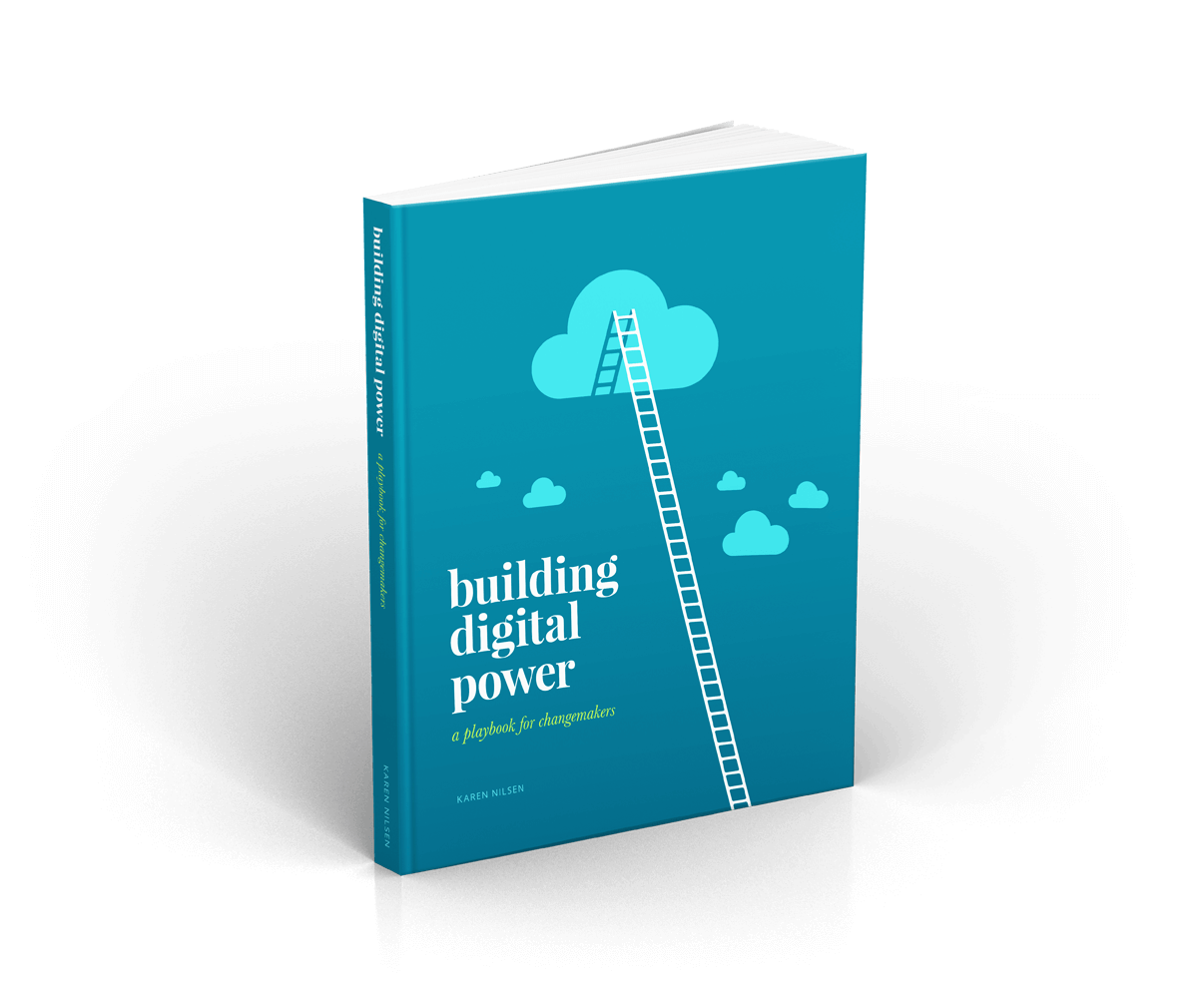Get a free digital strategy tip of the week:
Unsubscribe any time. We respect your data. View the privacy policy.
Bolding the odd word or phrase can help skim readers catch key ideas you don’t want them to miss. It’s also great for
The General Data Protection Regulation (commonly, GDPR) came into effect in May 2018. It impacts all businesses and organizations, everywhere in the world,
If your action email has one job—to get your supporter to click through to a destination—then what’s the quickest way to get
What draws people to your cause? What motivated your supporters to take their first action? What did they feel when they first donated?
You are not your audience. Five humbling words that explain why so many messages fall flat, emails flop, and web pages
On the surface, it looks like the purpose of a title is to introduce the content of a webpage. But of course—you
On-page videos can be your best friend and your worst enemy. At the same time. Know the pros and cons so you
New to SEO? Here’s what works in 2025. If the currency of the Internet is web traffic, then search engine referrals are money
As changemakers, it’s our job to dream up all the ways our supporters can get involved to help our cause or win
Your reader trusts their own mind way more than they trust yours. No offense but it’s true. Knowing this, try to avoid
Knowing how much or how little to say starts with being clear about your objective. Rarely is it our job to turn readers
Serious question. Success is more than a number. It’s an outcome. An increase in list size isn’t an end-goal; 1,000
Have you ever visited a website only to notice that ads for that site seem to ‘follow’ you around the Internet? You’ve been
When you hear of organizations that have amassed millions of online supporters, the first question that often comes to mind is: where
Cognitive biases are powerful mental distortions that affect the way we think and behave. They are so powerful that they can lead
Find Common Ground
It’s not hard to preach to the choir. Or to mount an argument so agreeable that it won’t offend or challenge anyone. The business of wide-scale change-making affords us neither of these luxuries. Since you’re reading this, let’s assume it’s your job to reach the masses and challenge the status quo. Welcome to fiery opposition hitting you from both sides of the divide.
In a world that is increasingly polarized, the ‘grey area’ can be a challenging place. But that’s where impact lies.
The more polarizing a topic, the more ‘common ground’ techniques will help you reach the fringes of your audience and keep your message (rather than distracting debates) at the centre of attention. Give up now if your aim is to satisfy everyone. (You can’t. But maybe, you can get close).
The idea is simple: find the intersection of what different factions care about. Frame your message around that.
Fast-track your digital strategy learning curve.
Free eBookSteps to finding common ground
- Understand the ‘poles’ of your audience. Know their trigger points so you can more effectively navigate around them. Understand what motivates their positions—are there shared values there? If they are argumentative, what ‘need’ are they attempting to satisfy through debate? There may be ways you can proactively meet that need.
- Frame ideas around values. Construct messages in ways that puts values and outcomes (not tactics) at the heart of your narrative.
- Be positive. If parts of your audience are prone to the negative, shift the tone of conversation towards positive, tangible impacts of progress.
- Don’t judge. Model encouragement and support among your audience. Direct any culpability at a common opposition.
- Don’t compromise yourself. Building bridges can reach new audiences and foster greater understanding. But trying to please people can lead to ... people pleasing. If you can no longer deliver your message with authenticity, you’ve gone too far.
Put it into practice
Let’s put these principles to the test. Here are three scenarios where common ground theory can help make messaging more impactful and inclusive:
When it comes to sensitive topics, broadcast audiences are like tinderboxes. Segmentation can help navigate some polarized territories. But it’s no fail-safe. Common ground messaging can help maximize audience reach, minimize triggers and distracting debates, and keep your supporters focussed on effective action.
Was this tip useful?


Like this tip? Share it!






